(And this time it’s NOT just Amazon’s fault)
Here we are in Q2 2017 looking at more store closing headlines for national retailers. In fact, I’m looking at CoStar Group’s article on the Payless Ch11 BK and subsequent closing of 400 stores right now (posted 2 hrs ago on LinkedIn as I type). The very first sentence of the article says that they were “Zapped by Zappos”. I’m sure that there’s plenty of evidence out there to correlate competing online retailers to the decline of Payless and yes, we could relate it to greater CRE/retail trends. BORING!
Something infinitely more interesting was also announced this past week: GameStop is closing stores… and I promise not to lead in by saying that they were “Ambushed by Amazon”.
In March 25th, GameStop announced that it is closing as many as 190 of their stores. This is only 2% – 3% of their stores worldwide, so one could argue that this is just them cleaning up some of their underperforming locations.
As a CRE/NNN investor, lender or asset manager, there probably isn’t enough correlation to deduce causation yet beyond noun, verb, Amazon.
Still, I’m a newly minted 40 year old and formerly introverted Army brat, and I was introduced to the Atari 2600 at an early age by my parents. To this day I still have my original NES system, which actually WORKS with minimal cartridge blowing. As such, I have some unique insight as to where the industry is and may be going, and what it may mean to GameStop in the (near) future.
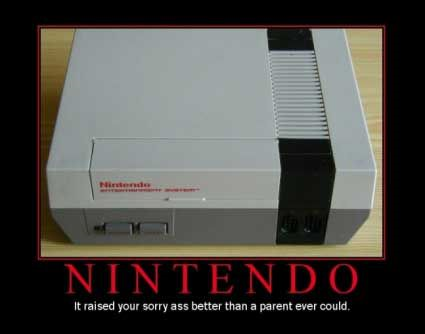
Perfect Timing
GameStop was founded in Dallas, Texas by the merger of Babbage’s, as small software shop, with other small software stores. Since 1999, it has expanded rapidly into a powerhouse that can be reliably found in any active, well trafficked retail corridor out there. On top of offering the latest games and consoles, they offer their (in)famous Buy-Sell-Trade program where gamers can bring in their old games/systems and purchase used game/systems for a discount. Needless to say gamers have mixed feelings about the “fairness” of the system…
 This program separates GameStop from many of the other retailers that we see closing their doors today, unless Payless accepts trade-ins on old shoes.
This program separates GameStop from many of the other retailers that we see closing their doors today, unless Payless accepts trade-ins on old shoes.
The Buy-Sell-Trade business model has cut into video game developers, console makers and publisher’s bottom line for quite some time. GameStop offers its own marketplace where gamers can purchase games at a discount without a dime going to the folks who created it. However, the video game industry/technology has grown considerably and the entertainment medium has matured as GameStop expanded. In fact, it has begun to outgrow continued viability of the GameStop concept as we know it today. The beginning of the end is unfolding as game budgets skyrocket, technology advances and the publishers adapt and overcome with the cooperation of the companies who make the actual gaming consoles.
On Thursday, the company said its overall sales fell 13.6% last quarter compared to a year prior.
At the core of GameStop’s issues: It’s not selling enough video games.
CEO Paul Raines said in a statement Thursday that “the video game category was weak, particularly in the back half of 2016.”
Video Games Grow Up
One does not need to be particularly tech savvy to note the increase in gloss/cost to produce and distribute video games historically vs. today. Despite this the retail cost to buy the games NEW has only increased roughly $10 per copy from the days of our childhood ($49.99 historically to $59.99 today):
 For some context, I would like you to meet Solid Snake, the erstwhile protagonist of the Metal Gear series, first released in 1987. This was his first mission to save the world from destruction on the 8-bit NES system (one step/10 years behind the 16-bit bar above):
For some context, I would like you to meet Solid Snake, the erstwhile protagonist of the Metal Gear series, first released in 1987. This was his first mission to save the world from destruction on the 8-bit NES system (one step/10 years behind the 16-bit bar above):
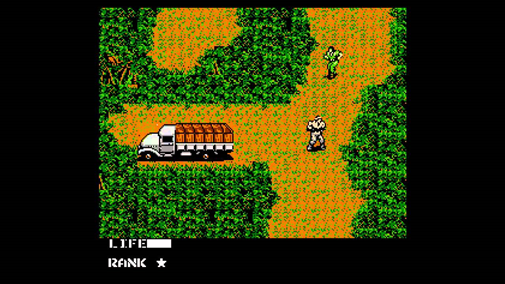 Snake crawled his way back into our hearts in 1998 in Metal Gear Solid, the year before GameStop was pushing into malls, giving us the option to buy his adventure used. This game was first available on the PlayStation 1:
Snake crawled his way back into our hearts in 1998 in Metal Gear Solid, the year before GameStop was pushing into malls, giving us the option to buy his adventure used. This game was first available on the PlayStation 1:
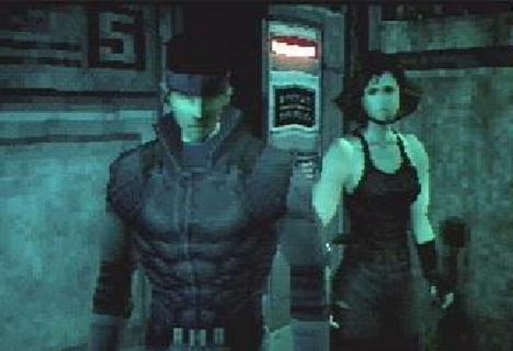 And here is Big Boss, Snake’s father and hero of the prequel Metal Gear Solid V: The Phantom Pain, released in 2015 on the PlayStation 4. This was the 19th most expensive game ever made with an $81,000,000 development cost (not including marketing and shipping):
And here is Big Boss, Snake’s father and hero of the prequel Metal Gear Solid V: The Phantom Pain, released in 2015 on the PlayStation 4. This was the 19th most expensive game ever made with an $81,000,000 development cost (not including marketing and shipping):
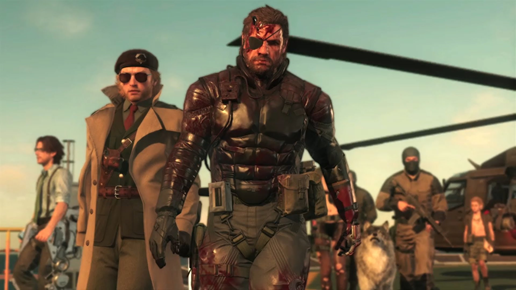 Games have gone from a couple guys coding in an office to the equivalent of large-scale Hollywood productions. Case-in-point: Big Boss’ voice acting was performed by Keifer Sutherland!
Games have gone from a couple guys coding in an office to the equivalent of large-scale Hollywood productions. Case-in-point: Big Boss’ voice acting was performed by Keifer Sutherland!
Cutting out the Middleman
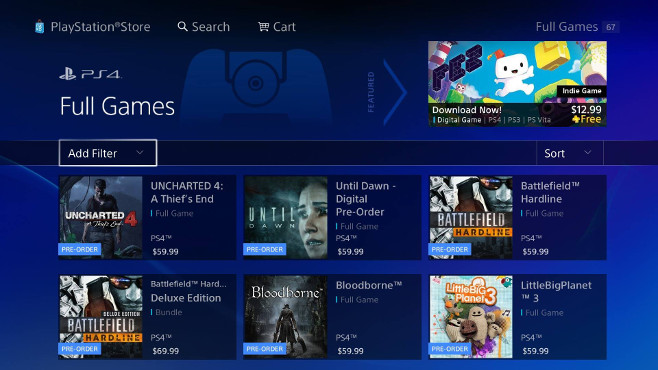 The platforms to deliver games to consumers have advanced considerably to maximize the profits of the developers and publishers at the expense of GameStop’s business model. The industry twin towers PlayStation and Xbox offer an online shop through their PlayStation Network (PSN) and Xbox Live apps, where players can transact and download the games directly to their consoles. Nintendo has moved to include this option in their newer systems as well. On top of this, they STILL sell the downloadable games at the retail price of $59.99 despite having no manufacturing or shipping costs that come with producing discs to stock GameStop’s shelves! That’s a direct demand competitor for new games, with no physical disc in existence for GameStop to resell used.
The platforms to deliver games to consumers have advanced considerably to maximize the profits of the developers and publishers at the expense of GameStop’s business model. The industry twin towers PlayStation and Xbox offer an online shop through their PlayStation Network (PSN) and Xbox Live apps, where players can transact and download the games directly to their consoles. Nintendo has moved to include this option in their newer systems as well. On top of this, they STILL sell the downloadable games at the retail price of $59.99 despite having no manufacturing or shipping costs that come with producing discs to stock GameStop’s shelves! That’s a direct demand competitor for new games, with no physical disc in existence for GameStop to resell used.
The big three are also rolling out some concepts that may put additional strain on Buy-Sell-Trade. PlayStation offers an app called PlayStation Now, where gamers can actually stream older games a la Netflix for a subscription fee.
Though none of the Big 3 have announced this concept yet, watch for the eventual roll out of an online marketplace option where gamers can buy-sell-trade USED DIGITAL copies of games that they own, peer-to-peer from one console to another. This would be a GameStop killer.
In essence, video game console makers are less than one cycle from making GameStop’s most profitable business model obsolete using customer-based digital transactions.
More to Come
There are other elephants in the room which will have a negative effect on GameStop:
- Additional Downloadable Content/Episodic Games
- Console Lifecycles
- Overdependence on AAA Titles
I’ll save that downloadable content for Part 2…

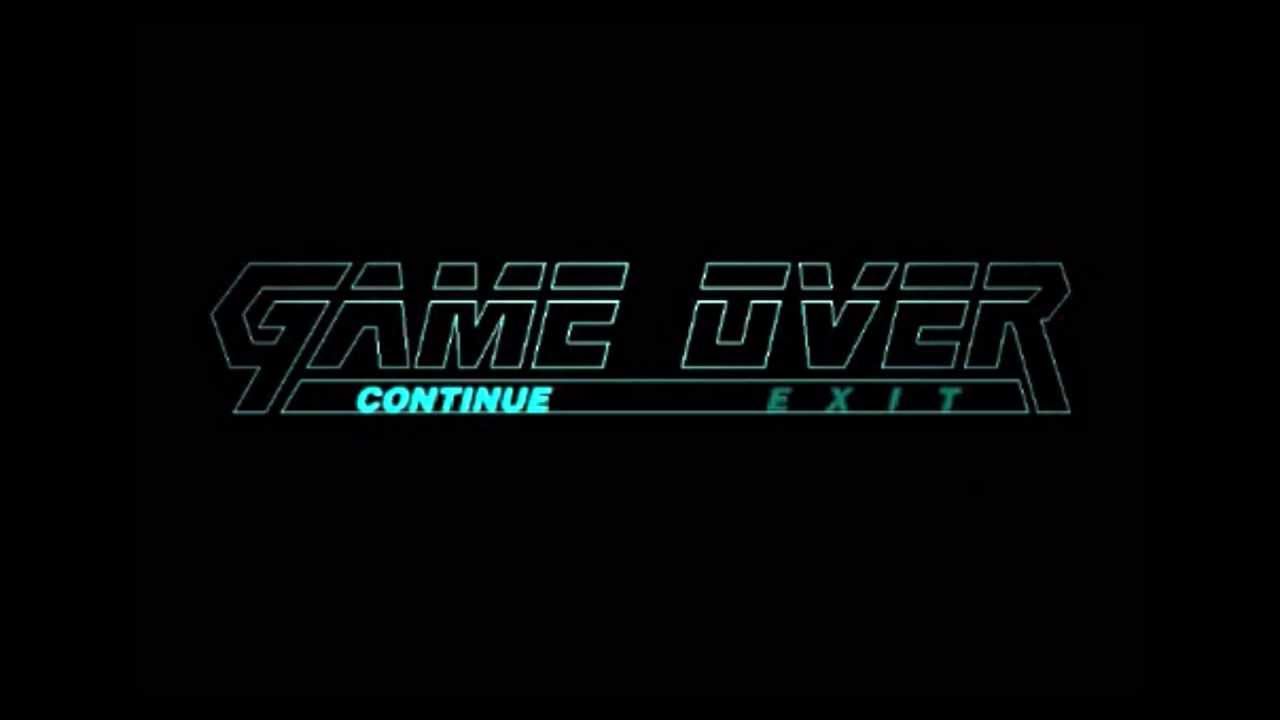


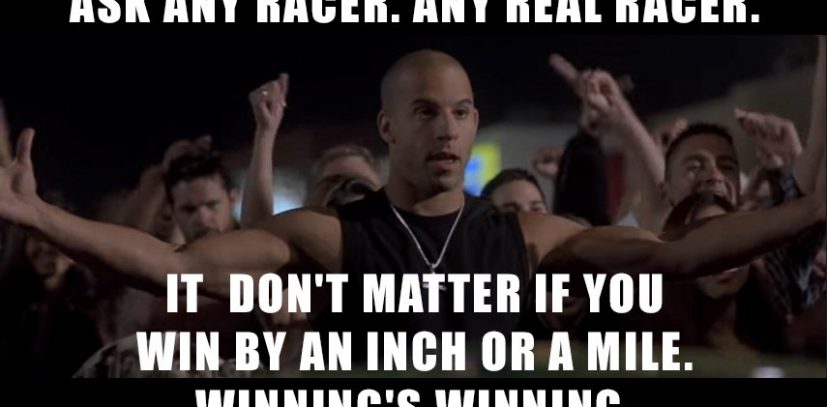

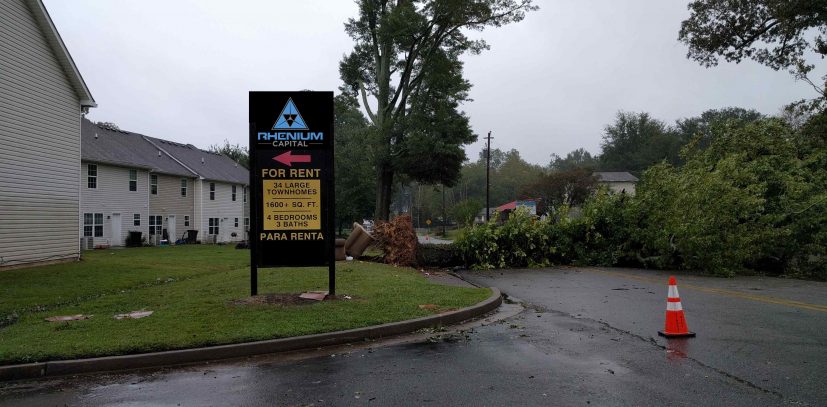

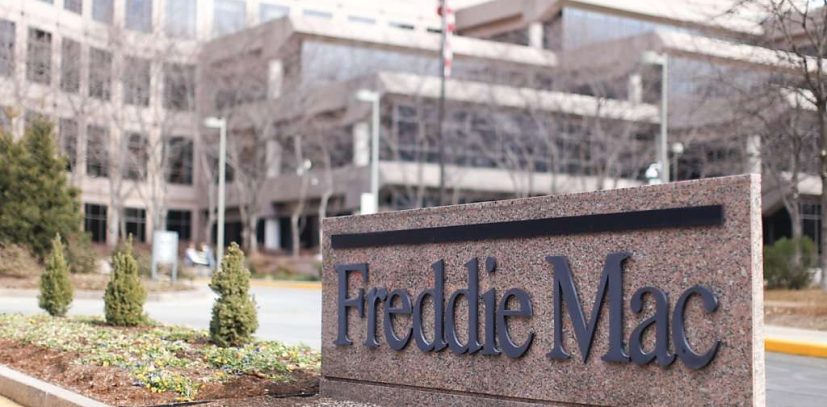



Yung Deezy
D F WOW!!!
Yung Deezy
D F WOW!!!
Darrell
I’m not too sure about this. There will always be a contingent of gamers who like to buy hard copies of games, so there will always be a used game market. This could all change if the next gen of systems no longer has drives to input hard copies of games and goes full digital. I wouldn’t put that past Sony for 2 seconds… and the Nintendo Switch went from discs to micro SD cards…
Darrell
I’m not too sure about this. There will always be a contingent of gamers who like to buy hard copies of games, so there will always be a used game market. This could all change if the next gen of systems no longer has drives to input hard copies of games and goes full digital. I wouldn’t put that past Sony for 2 seconds… and the Nintendo Switch went from discs to micro SD cards…